Rising Disposable Income
The Luxury Apparel Market is experiencing a notable increase in demand, driven by rising disposable incomes among consumers. As individuals in various regions attain higher income levels, their purchasing power expands, allowing them to invest in luxury apparel. This trend is particularly evident in emerging markets, where a burgeoning middle class is increasingly inclined to spend on premium brands. According to recent data, the luxury apparel segment is projected to grow at a compound annual growth rate of approximately 5.5% over the next five years. This growth is indicative of a shift in consumer behavior, where luxury items are perceived not merely as status symbols but as essential components of personal expression and lifestyle. Consequently, brands are adapting their strategies to cater to this evolving consumer landscape.
Influence of Social Media
The Luxury Apparel Market is significantly influenced by the rise of social media platforms, which serve as powerful marketing tools. Brands leverage these platforms to engage with consumers, showcase their latest collections, and build brand loyalty. The visual nature of social media allows luxury brands to create aspirational content that resonates with their target audience. Data suggests that approximately 70% of consumers are influenced by social media when making luxury purchases. This trend underscores the importance of digital presence for luxury brands, as they strive to maintain relevance in an increasingly competitive market. Furthermore, collaborations with influencers and celebrities amplify brand visibility, driving consumer interest and engagement. As a result, luxury apparel brands are investing heavily in social media marketing strategies to enhance their reach and connect with a broader audience.
Sustainability Initiatives
The Luxury Apparel Market is witnessing a paradigm shift towards sustainability, as consumers increasingly prioritize ethical and environmentally friendly practices. Brands are responding to this demand by implementing sustainable sourcing, production methods, and transparent supply chains. Recent studies indicate that nearly 60% of luxury consumers are willing to pay more for sustainable products, reflecting a growing awareness of environmental issues. This trend is reshaping the competitive landscape, as brands that embrace sustainability are likely to gain a competitive edge. Additionally, the integration of sustainable practices not only enhances brand reputation but also fosters customer loyalty. As the luxury apparel market evolves, sustainability initiatives are becoming a core component of brand identity, influencing consumer purchasing decisions and driving market growth.
Technological Advancements
The Luxury Apparel Market is increasingly shaped by technological advancements that enhance the consumer experience. Innovations such as augmented reality, virtual fitting rooms, and artificial intelligence are transforming how consumers interact with luxury brands. These technologies enable personalized shopping experiences, allowing consumers to visualize products in real-time and make informed purchasing decisions. Data indicates that brands utilizing advanced technologies can see a significant increase in conversion rates, with some reporting up to a 30% rise in online sales. Furthermore, the integration of technology in supply chain management improves efficiency and reduces costs, benefiting both brands and consumers. As technology continues to evolve, luxury apparel brands are likely to invest in these innovations to stay competitive and meet the expectations of tech-savvy consumers.
Cultural Shifts and Globalization
The Luxury Apparel Market is influenced by cultural shifts and globalization, which have broadened the appeal of luxury brands across diverse demographics. As cultural boundaries blur, consumers from various backgrounds are increasingly drawn to luxury apparel, seeking to express their identity through fashion. This trend is particularly pronounced in urban areas, where multicultural influences shape consumer preferences. Data suggests that the luxury apparel market is expanding in regions previously considered niche, with a projected growth rate of 6% in Asia-Pacific markets. This globalization of luxury consumption presents both opportunities and challenges for brands, as they must navigate varying cultural expectations and preferences. Consequently, luxury brands are adapting their marketing strategies to resonate with a more diverse audience, ensuring relevance in an ever-evolving market landscape.


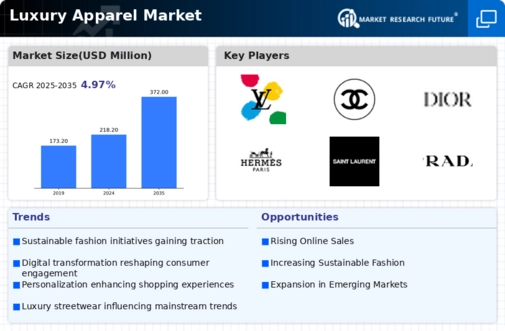
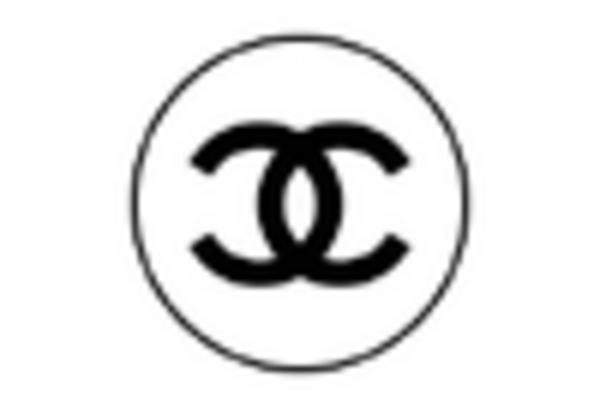
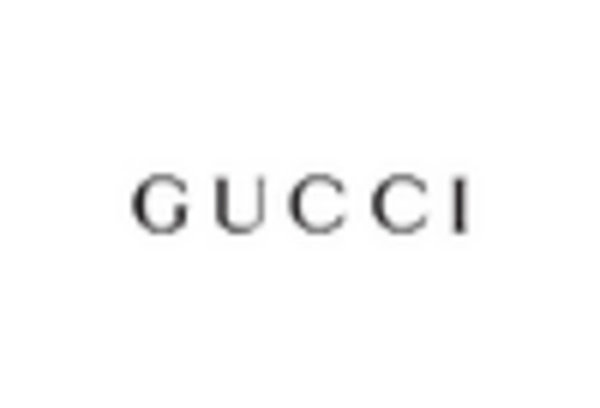
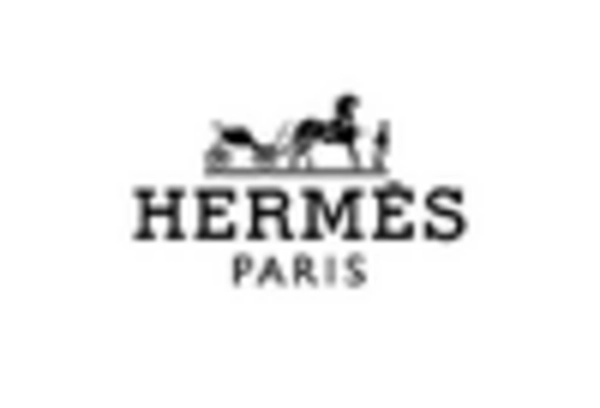
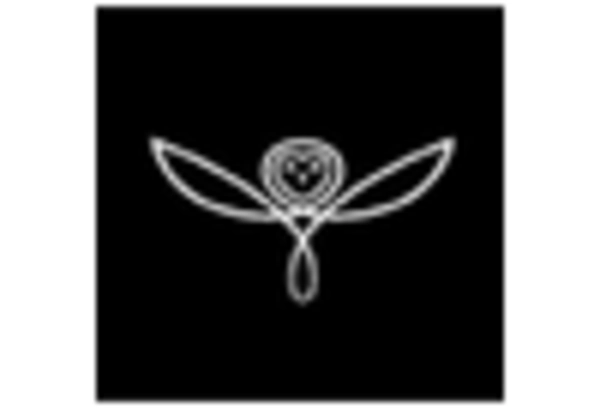
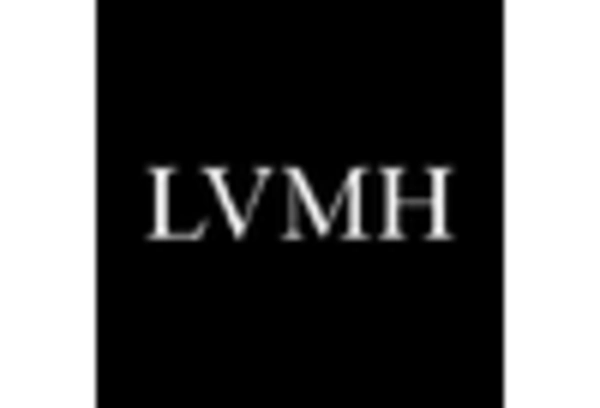
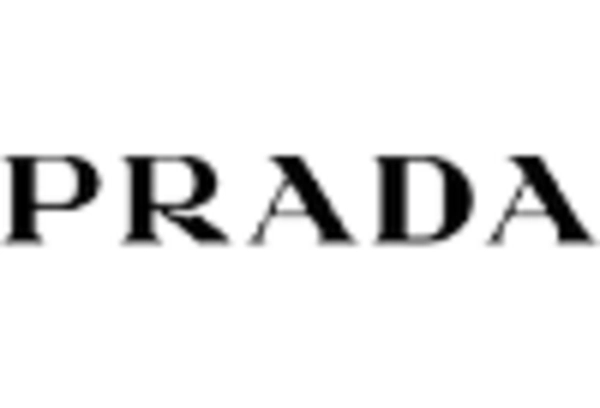








Leave a Comment